11 Ancient Coins That Have Survived for Centuries
Coins from ancient civilizations hold more than just monetary value. They serve as small yet powerful relics from the past, carrying stories of once-great empires and lost civilizations. Some have managed to endure through the centuries, standing the test of time. These coins are fascinating reminders of how trade and culture evolved over thousands of years. Their preservation is a testament to the resilience of history.
This post may contain affiliate links, which helps keep this content free. Please read our disclosure for more info.
Athenian Owl Tetradrachm
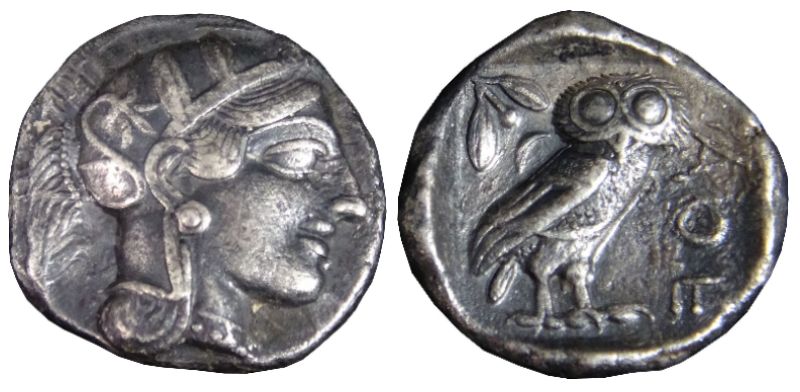
Created in Athens around 450 BCE, the Athenian Owl Tetradrachm is one of the most famous ancient Greek coins. It features the goddess Athena on one side and an owl, symbolizing wisdom, on the other. These coins were used widely in trade across the Mediterranean. The market value today is estimated at $500 to $1,500, depending on condition.
This coin was created during the height of Athenian power. Its widespread use and the quality of its minting made it a significant part of ancient history. Some of these coins have survived remarkably well, still retaining much of their original detail. The Owl Tetradrachm is a symbol of ancient Greece’s influence on the world.
Roman Denarius of Julius Caesar
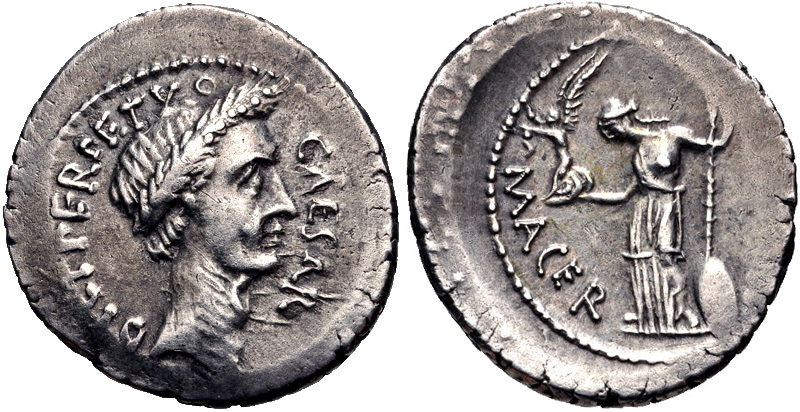
This silver coin, minted in 44 BCE, features the likeness of Julius Caesar on one side and a traditional Roman inscription on the other. The coin was minted shortly before Caesar’s assassination and represents a crucial moment in Roman history. It is rare due to its association with such a famous figure. The current market value is between $2,000 and $5,000 depending on its condition.
The denarius was a staple in the Roman economy and was used in everyday transactions. Its connection to Caesar makes it a highly sought-after coin for collectors. Despite its age, many of these coins have been preserved through the centuries. They are a reminder of Caesar’s lasting legacy and influence on Rome.
The Silver Shekel of Tyre
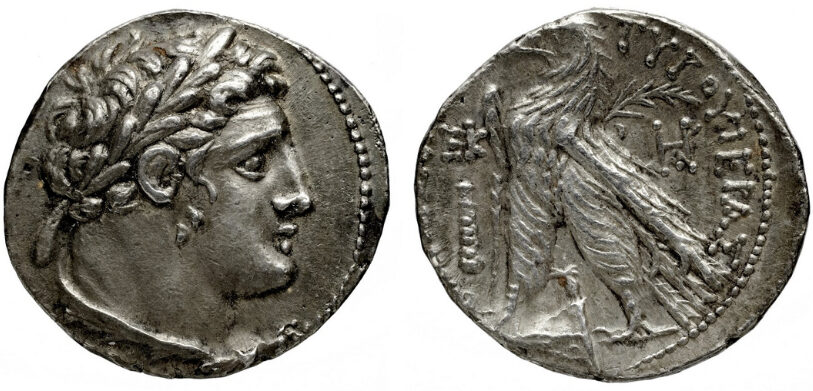
The Silver Shekel of Tyre was minted in the ancient city of Tyre, now in Lebanon, around 126 BCE. This coin features the image of Melqart, the city’s patron deity, and is historically significant for its use in paying the Temple tax in Jerusalem. It has survived through the centuries due to its importance in trade and religious ceremonies. Its current market value can range from $300 to $800.
The Shekel was commonly used in the ancient world, particularly in the Eastern Mediterranean. Its durable silver composition has helped it survive through history, and it holds particular significance for those interested in biblical history. Though relatively small in size, it is a substantial artifact from a once-powerful city-state. Its value today reflects both its historical and precious metal content.
The Daric Gold Coin
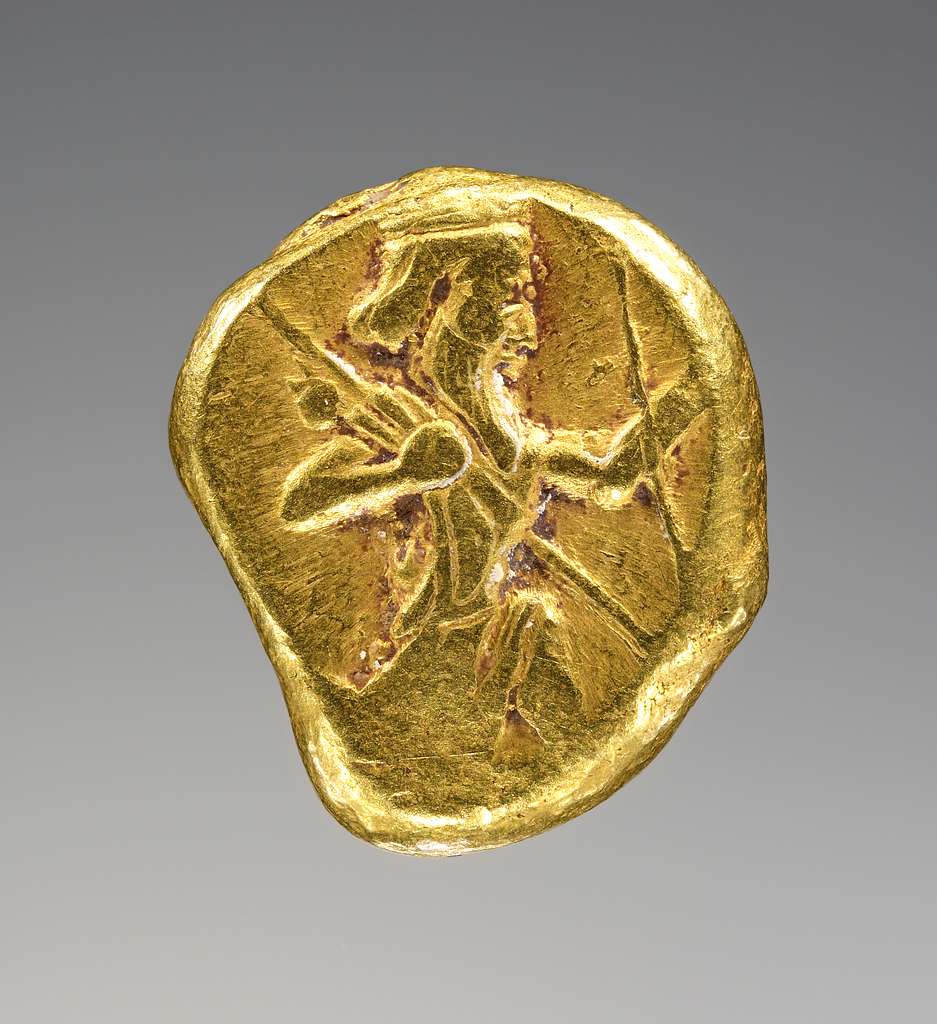
Minted in Persia around 500 BCE, the Daric is one of the earliest gold coins used in the ancient world. It features the image of the Persian king on one side and a symbol of power on the other. The coin was used as a standard of exchange and represents the wealth of the Persian Empire. Its market value today can range from $3,000 to $8,000.
This coin is known for its solid gold content, which made it both valuable and practical for long-distance trade. Due to its age and the historical significance of the Persian Empire, the Daric is a rare find. These coins have stood the test of time, surviving over 2,500 years. The Daric remains a symbol of ancient Persian wealth and influence.
The Stater of Croesus
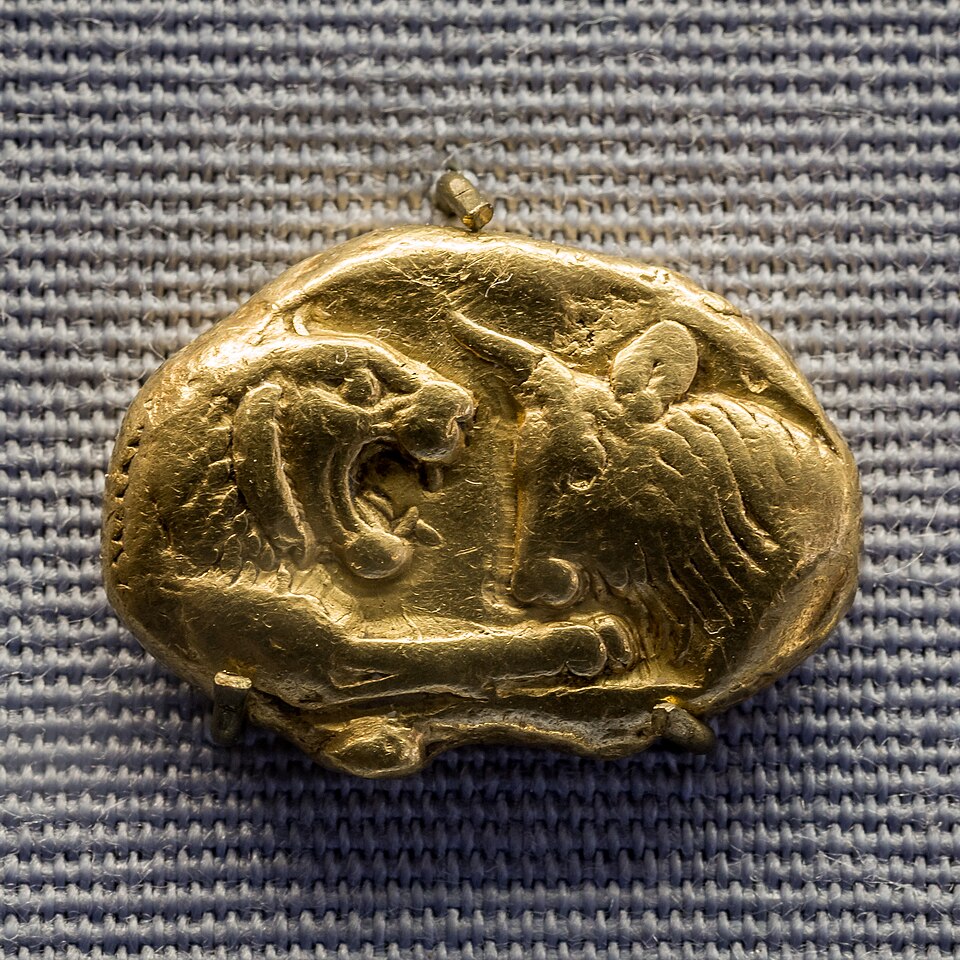
The Stater of Croesus, minted around 550 BCE in Lydia, is among the first coins made from pure gold. This coin features the image of a lion and a bull, symbolizing strength and power. Croesus, the King of Lydia, is often credited with inventing coinage. These coins today can be valued between $10,000 and $30,000, depending on their condition.
As one of the earliest examples of gold coinage, the Stater is a significant piece in numismatic history. The coin reflects the wealth of the Lydian kingdom and its trading prowess. It survived centuries due to the rarity and high value of gold. The Stater of Croesus remains one of the most important ancient coins in existence.
The Tetradrachm of Alexander the Great

This coin was minted around 323 BCE after the death of Alexander the Great. It shows Alexander’s portrait on one side and the Greek god Zeus on the reverse. It was used extensively in trade across Alexander’s empire, which stretched from Greece to India. The market value today can range from $1,500 to $4,500, depending on the coin’s condition.
Alexander’s conquest and the subsequent spread of Greek culture made this coin widespread. The Tetradrachm remains one of the most iconic coins from the Hellenistic period. Its lasting survival is due to the high volume of minting during Alexander’s reign. These coins are highly sought after due to their association with one of history’s most famous conquerors.
The Macedonian Kingdom Gold Stater
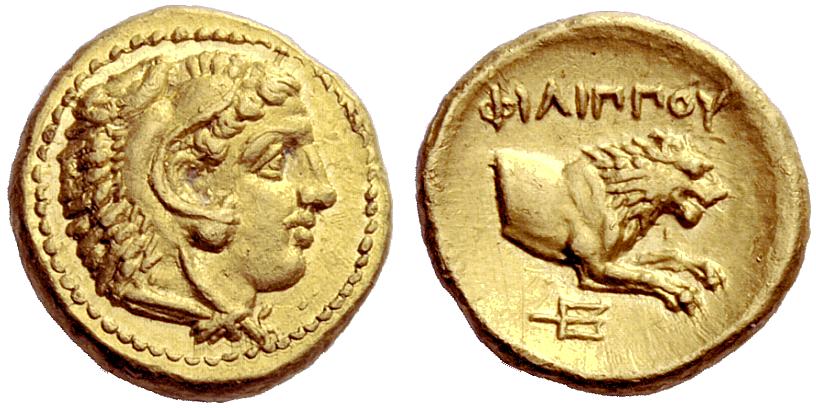
Minted around 336 BCE, the Macedonian Kingdom Gold Stater features the profile of Philip II of Macedon, the father of Alexander the Great. This coin symbolizes the power and wealth of Macedon just before Alexander’s rise. It is a rare find and can be worth anywhere from $3,500 to $7,000 today.
This coin is important for understanding the economic foundation of Alexander’s empire. The Stater was widely used in trade and has survived due to its gold content and historical importance. The combination of its rarity and the figure it represents makes it a valuable collector’s item. Many of these coins have been preserved in private collections and museums.
The Seleucid Tetradrachm

Minted around 300 BCE, the Seleucid Tetradrachm features the portrait of King Antiochus I on the obverse and the Greek god Apollo on the reverse. The Seleucid Empire was one of the major Hellenistic states following Alexander’s conquests. These coins were used across the vast territories of the empire, which spanned from modern-day Turkey to Afghanistan. The market value for a Seleucid Tetradrachm can range from $500 to $2,000.
The Seleucid Tetradrachm represents the fusion of Greek and Eastern cultures. These coins were not only used for trade but also as a symbol of the king’s authority. Many of these coins have survived due to the solid silver composition and the widespread use of the currency. Their historical importance continues to make them sought-after by collectors and historians alike.
The Gold Stater of Alexander the Great
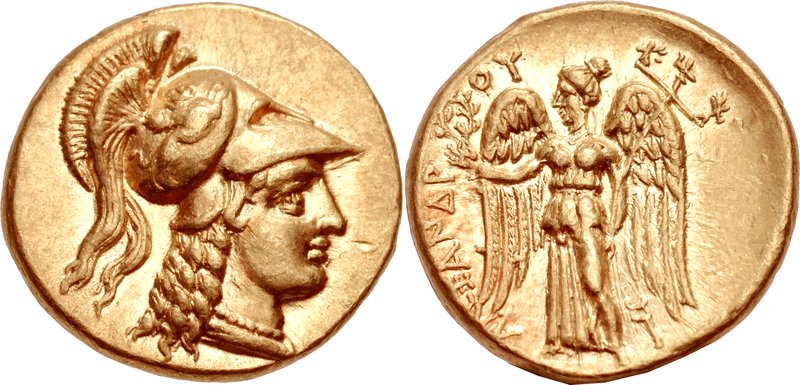
Minted around 325 BCE, the Gold Stater of Alexander the Great features the king’s likeness on the obverse and the god Heracles on the reverse. The coin was minted to celebrate Alexander’s victories and his status as a divine ruler. Its market value today can range from $3,000 to $10,000 depending on condition.
The Gold Stater was widely circulated throughout Alexander’s empire, from Greece to India, making it one of the most influential coins in history. It was minted in high volumes, ensuring that many of these coins survived the centuries. The coin remains highly collectible due to its connection with one of history’s greatest military leaders. Its rarity today is due to its gold content and historical significance.
The Parthian Drachm of Mithridates II

Minted around 120 BCE, the Parthian Drachm of Mithridates II features the king’s portrait on the obverse and a seated archer on the reverse. Mithridates II was a powerful ruler of the Parthian Empire who helped solidify its power in the region. The market value of these coins today can range from $800 to $2,500.
The Parthian Drachm was a critical part of the empire’s economic system. Mithridates II was known for his military prowess and diplomacy, making these coins a rare reminder of his rule. The Drachm is valuable for collectors due to its historical importance and the fact that few have survived the centuries. Its continued preservation speaks to the significance of Mithridates’ reign.
The Carthaginian Stater

Minted around 400 BCE, the Carthaginian Stater features the head of Tanit, the goddess of Carthage, on one side, and a horse on the reverse. Carthage was a powerful city-state that rivaled Rome in the ancient Mediterranean world. These coins have survived over 2,400 years and can be valued between $1,000 and $5,000.
The Stater was used in trade across North Africa and the Mediterranean, symbolizing Carthage’s economic power. Its minting was highly regulated, and the coin was a standard in the ancient world. Despite the eventual destruction of Carthage, many of these coins have survived in private collections. Today, the Carthaginian Stater remains an important piece of ancient history, particularly for those studying the Punic Wars.
Whether used in trade or as symbols of power, these coins continue to captivate collectors and historians alike. Their survival over centuries speaks to their historical and cultural significance.
This article originally appeared on Avocadu.
